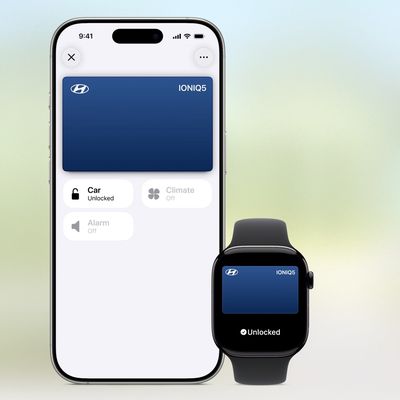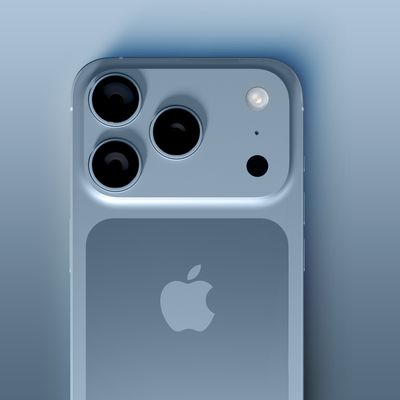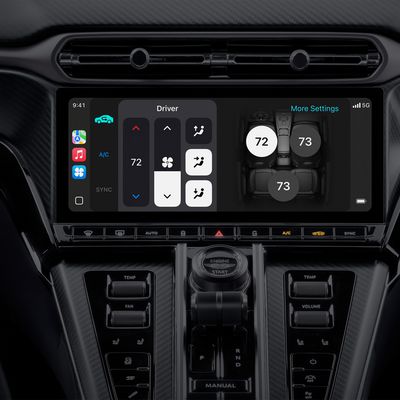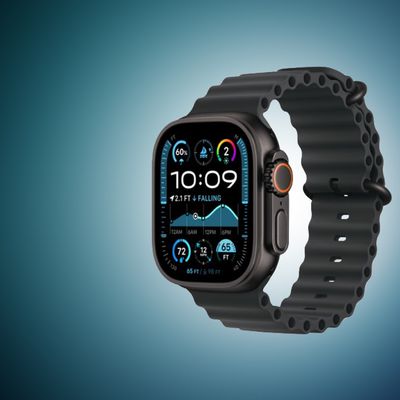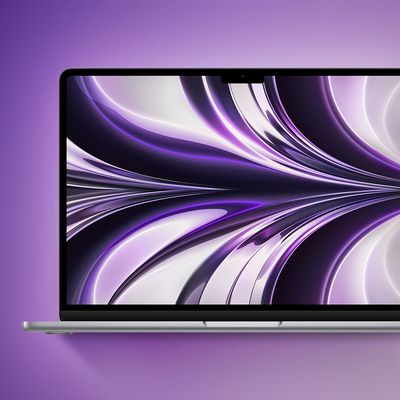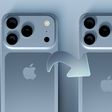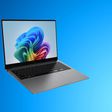The Apple Lisa, released in 1983, was one of the first personal computers to come equipped with a graphical user interface, and soon the operating system that ran on the Lisa will available for free, courtesy of the Computer History Museum and Apple.
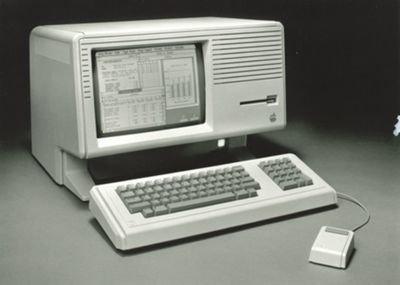
As noted by Gizmodo, Al Kossow, a software curator at the Computer History Museum, recently announced that both the source code for the Lisa operating system and the Lisa apps have been recovered. Apple is reviewing the source code, and once that's done, the museum will be releasing the code publicly.
Just wanted to let everyone know the sources to the OS and applications were recovered, I converted them to Unix end of line conventions and spaces for Pascal tabs after recovering the files using Disk Image Chef, and they are with Apple for review. After that's done, CHM will do an @CHM blog post about the historical significance of the software and the code that is cleared for release by Apple will be made available in 2018.
The only thing I saw that probably won't be able to be released is the American Heritage dictionary for the spell checker in LisaWrite.
Back when the Lisa was first released, Apple charged $9,995, with the machine aimed at business users. It was equipped with a 5MHz Motorola 68000 CPU, 1MB of RAM, and a 5MB hard drive. Given its high price, Apple only managed to sell about 100,000 of the Lisa computers. Though Steve Jobs originally denied it, he later said the Lisa was named for his daughter, Lisa Brennan.
Apple's Lisa operating system featured the text-based Workshop for developing software and the Lisa Office System, which had seven apps that included LisaWrite, LisaCalc, LisaDraw, LisaGraph, LisaProject, LisaList, and LisaTerminal.
The Lisa computer was followed by the Macintosh in 1984, and the Macintosh was essentially a more affordable, improved version of the Lisa, which allowed it to outsell the Lisa. Though Apple did introduce additional versions of the Lisa computer at a lower price tag, it was ultimately discontinued only a few short years after its introduction.





